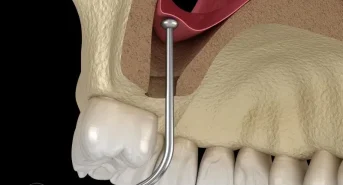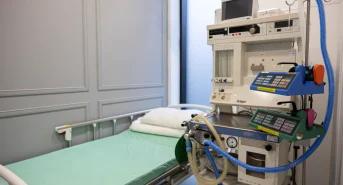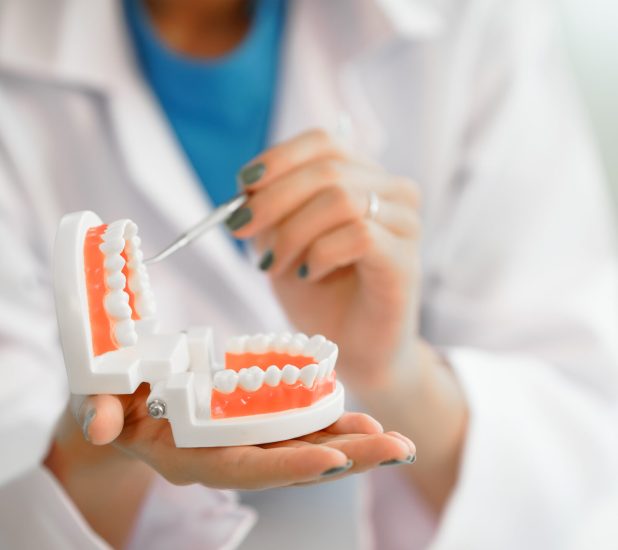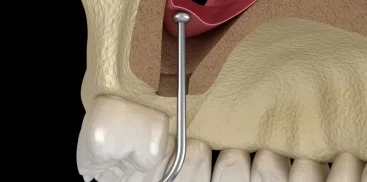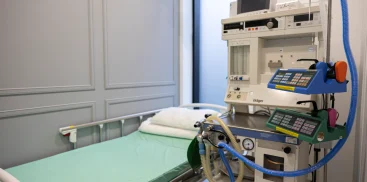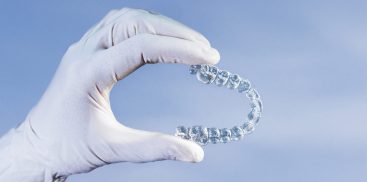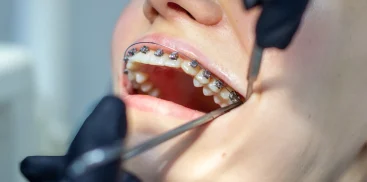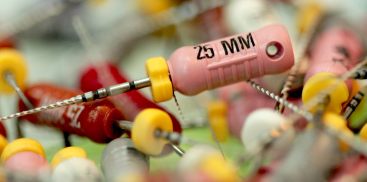Curettage is a procedure for patients with periodontal problems, such as gum problems or tooth instability.
Find out what types of curettage are available in dental offices, what this procedure involves and what are the recommendations after it is performed.
What is curettage?
Curettage is one of the first methods of treating periodontal diseases.
During this treatment, tooth roots and pathologically enlarged gum pockets are thoroughly cleansed of food remains, bacterial biofilm and other deposits.
Special dental tools are used for this purpose.
Curettage is recommended to patients when standard tartar removal does not bring the desired results.
When should curettage be performed?
This procedure is most often performed in the case of pathological enlargement of the gum pocket.
If the pockets are too deep, they can accumulate food debris, skin cells and bacteria, which can lead to inflammation.
Indications for curettage are mainly advanced gingivitis and periodontal diseases.
Curettage – what is worth knowing?
The main goal of curettage is to reduce the depth of the gum pocket and remove the factors causing inflammation.
This treatment helps reduce inflammation, stabilize teeth and prevent tooth loss.
The doctor performing curettage works with the magnification of loupes or a microscope to see even the smallest deposits of stone and bacteria.
Types of curettage
There are two main types of curettage: open and closed.
The choice of method depends on the depth of the gum pocket. Open curettage:
- It is performed for deep pockets (greater than 5 mm). This procedure requires an incision in the gums, and after the procedure, the gums are sutured.
- The stitches are removed after about 7 days. Closed curettage:It is performed when the pockets do not exceed 5 mm in depth.
The procedure does not require cutting the gums. You can also perform laser curettage, which reduces bleeding and accelerates healing
.
Is curettage painful?
The procedure is performed under local anesthesia, so the patient does not feel any pain.
Curettage – contraindications
Due to the need for anesthesia, there are some contraindications to curettage.
People with certain diseases, such as heart disease, diabetes or liver cirrhosis, should first consult a specialist.
Curettage is also not recommended for patients with oral cancer or for women in the first trimester of pregnancy.
Care after curettage
After the procedure, it is important to follow the doctor’s recommendations, such as proper oral hygiene and a liquid diet.
Curettage cost
The cost of curettage depends on the patient’s condition and the selected treatment method.
On average, closed curettage costs PLN 300-400, and open curettage costs approximately PLN 600-700 per tooth.
Curettages are performed at the Warsaw Dental Center for PLN 400 (closed) and PLN 550 (open).
High standard of services and professionalism guarantee patient satisfaction.

